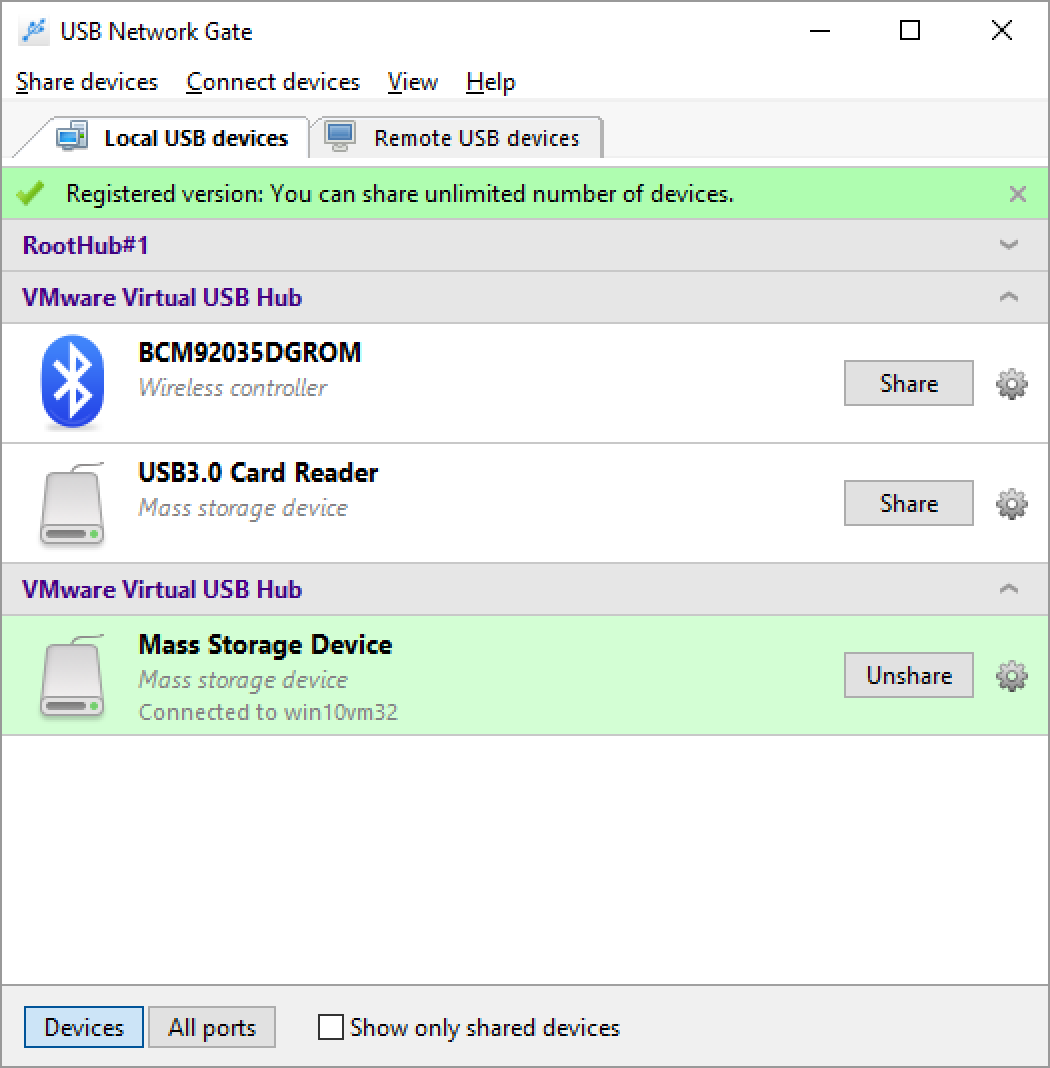
Open Microsoft Remote Desktop 10.0. Click ‘Add desktop’. Enter in the IP address given on the Connect Dialog box from the VCL Website. Click the Pen icon in the lower right to edit the settings of the remote connection. In the ‘Edit Desktop’ dialog box, navigate to the ‘ Local Resources ‘ tab. Make sure that the ‘Folders’ check. Teams via remote desktop cannot see local webcam. We use Microsoft Remote Desktop Connection ver. 10.0.18362 to connect to our desktop pcs running on windows 10 1909. When we run Teams from the remote computer, it will not find the built-in webcam from any laptop. It will, however, work if the local computer uses an external usb webcam. Drive mapping settings can be configured at three places: Remote Desktop Connection, Remote Desktop Session Host Configuration (aka TS Configuration) and Group Policy. Group Policy overwrites TS Config and TS Config overwrites Remote Desktop Connection. Check all three places, please. IF you are running locally on a Mac, you will need to download 'Microsoft Remote Desktop 10' from the AppStore (free) and install it on your local computer. Launch your Remote Desktop application (called Microsoft Remote Desktop on a Mac). Click the '+' sign to 'Add PC' Enter the remote 'PC name' you were given for your personal VM - e.g. I install RDSH server on window server 2008 R2 and add roles (Remote Desktop Session Host and Remote Desktop Web Access) to access Remote Applications. It can work the remote application, but I can't save or open file on the client drive as using remote application.
-->This article provides a solution to an issue where local drive redirection isn't working in RDP Session.

Applies to: Windows Server 2003
Original KB number: 2436104
Symptoms
You may notice the following symptoms when connecting via Remote Desktop Protocol (RDP) to a Windows Server 2003 or Windows Server 2003 R2 Terminal Server:
- Local drives aren't redirected in the RDP Session.
- Other devices and resources may be properly redirected.
- There are no events in the Event Viewer pertaining to the failure to redirect drives.
Things to Check:
.png)

On the Server: Terminal Services Configuration - Connections - RDP-Tcp - Properties - Client Settings: Make sure Drive Mapping option is unchecked under Disable the Following.
On the Server: Terminal Services Configuration - Connections - RDP-Tcp - Properties - Client Settings: Under Connections - Connect Client Drives at logon is selected.
On the client Machine: Start - Run - MSTSC - Options - Local Resource - Make sure Disk Drives is selected.
Check Resultant Set of Policy on the machine: Terminal Services Group Policies, under
Computer ConfigurationAdministrative TemplatesWindows ComponentsTerminal ServicesClient/Serverdata redirection - Don't allow drive redirection: shouldn't be enabled.
Cause
Network Providers value for RDP might be missing in the registry.
Resolution
Make sure the Network Providers entry has at least the default entries:
HKEY_LOCAL_MACHINESYSTEMCurrentControlSetControlNetworkProviderOrder - ProviderOrder -
Default entries: RDPNP, LanmanWorkstation, web client
More information
No reboot is required after making these changes.
You are already most likely familiar with the process to “redirect” drives from your host computer over to your remote desktop session. This is as simple as choosing your local resources in the settings of your RDP connect window. Notice below the More button at the bottom which takes you to the local devices and resources section which allows resources to be chosen.
On your target remote desktop connection, you will see these redirected drives underneath your Devices and drives area of Explorer. They will be designated by <drive letter> on <computername> where computername is your host.
Mapping these to real network drives
You may however have the need to map these redirected drives to real drive letters inside your remote desktop session. For instance developers may have the need to have access to source code in a lab environment which they may not have RPC or NETBIOS traffic allowed. The traditional map network drivewouldn’t work as the ports required aren’t open.
Microsoft Remote Desktop Map Local Drive Access

The redirected drives however, can be mapped to which is awesome! If you run a simple net usecommand inside of your RDP session, you will see the redirected drives appear. Notice the format of the drive is in the form of a special UNC path represented by TSCLIENT<drive letter> so these are mappable.
Notice that all we have to do to map these in a true sense to a network drive letter is a simple net use <drive letter> tsclient<drive letter> and voila, the drive is mapped!
Now if you look in Windows explorer, you will see a true network drive mapped under your Network Locations section.
Final Thoughts
Microsoft Remote Desktop Map Local Drive Windows 10
If you are in need of being able to map a network drive from remote desktop back to local computer for development or possibly application specific reasons, this process is definitely a life saver.